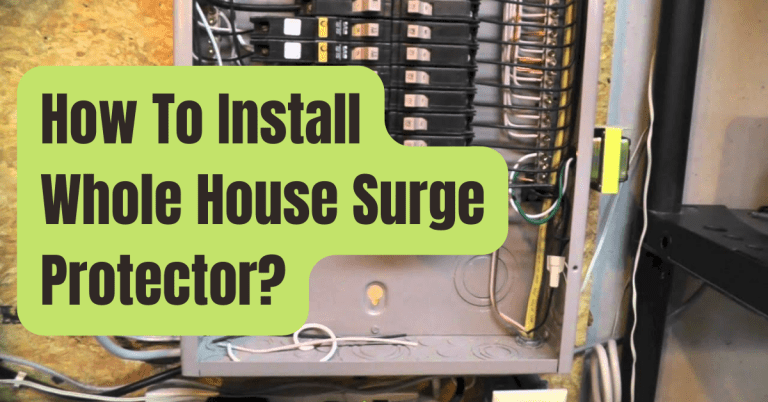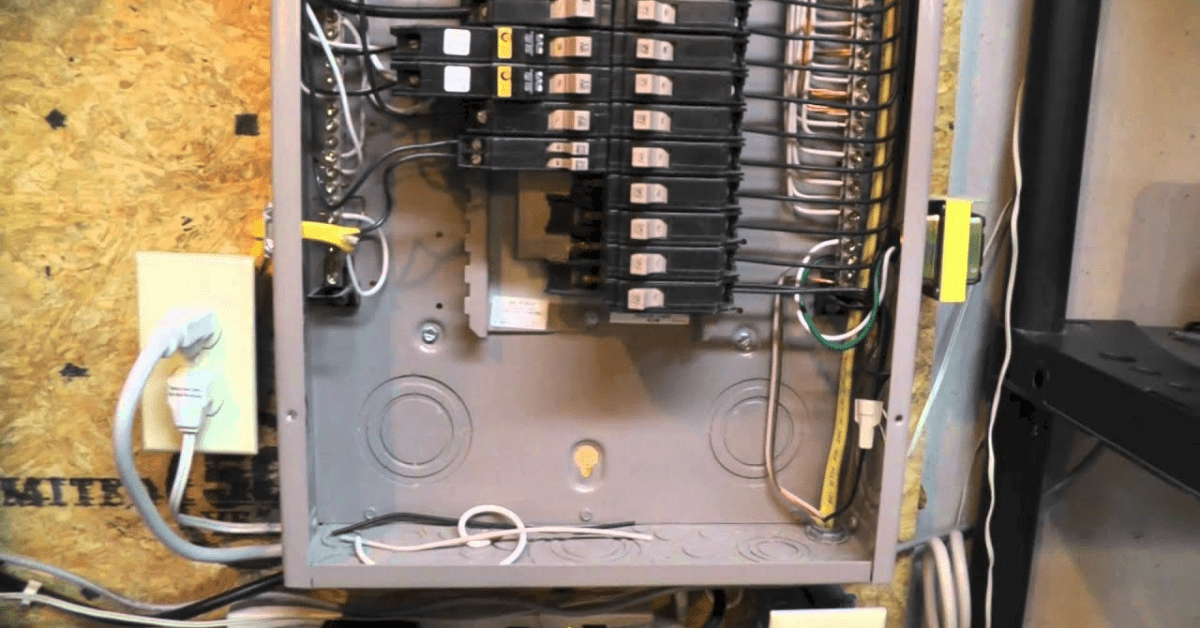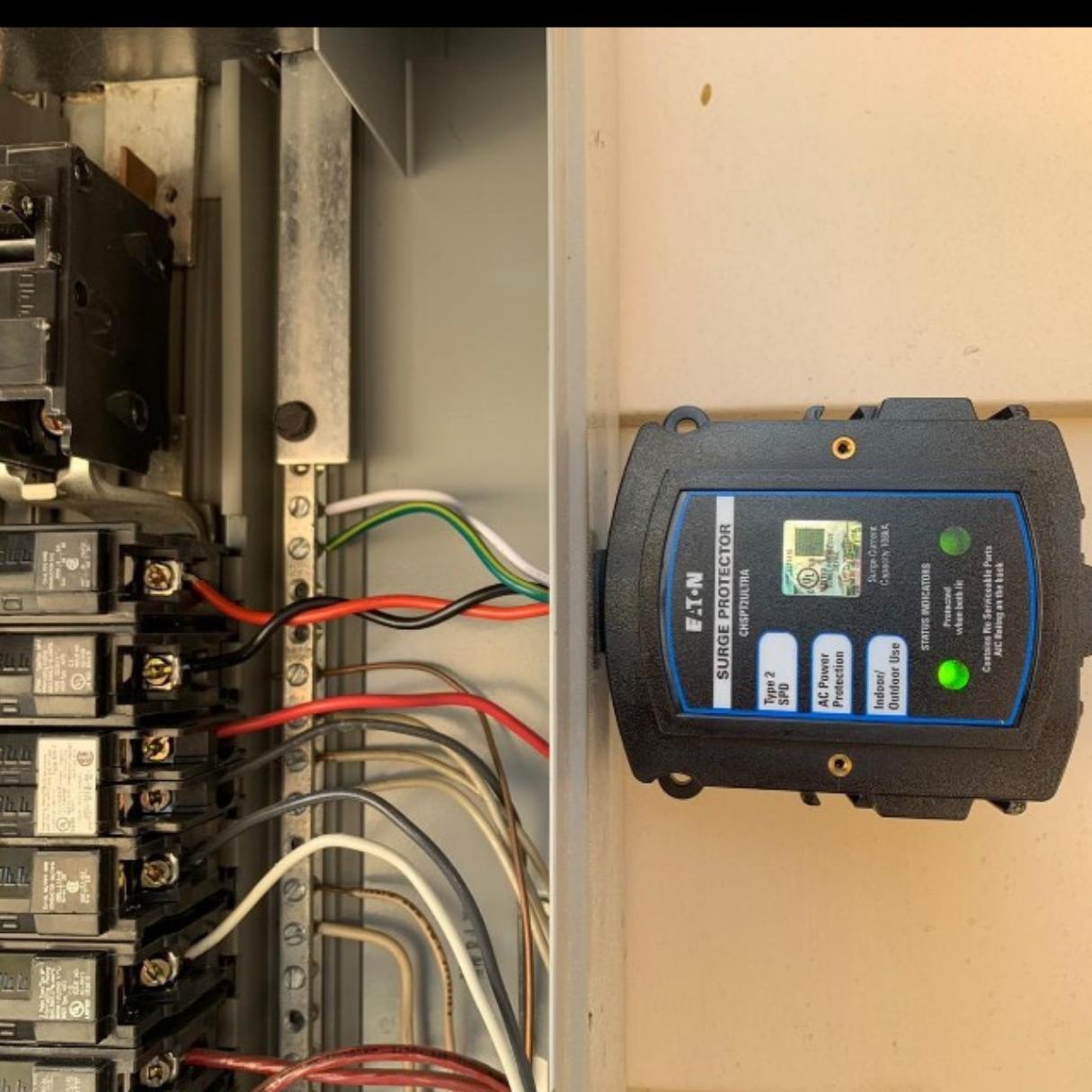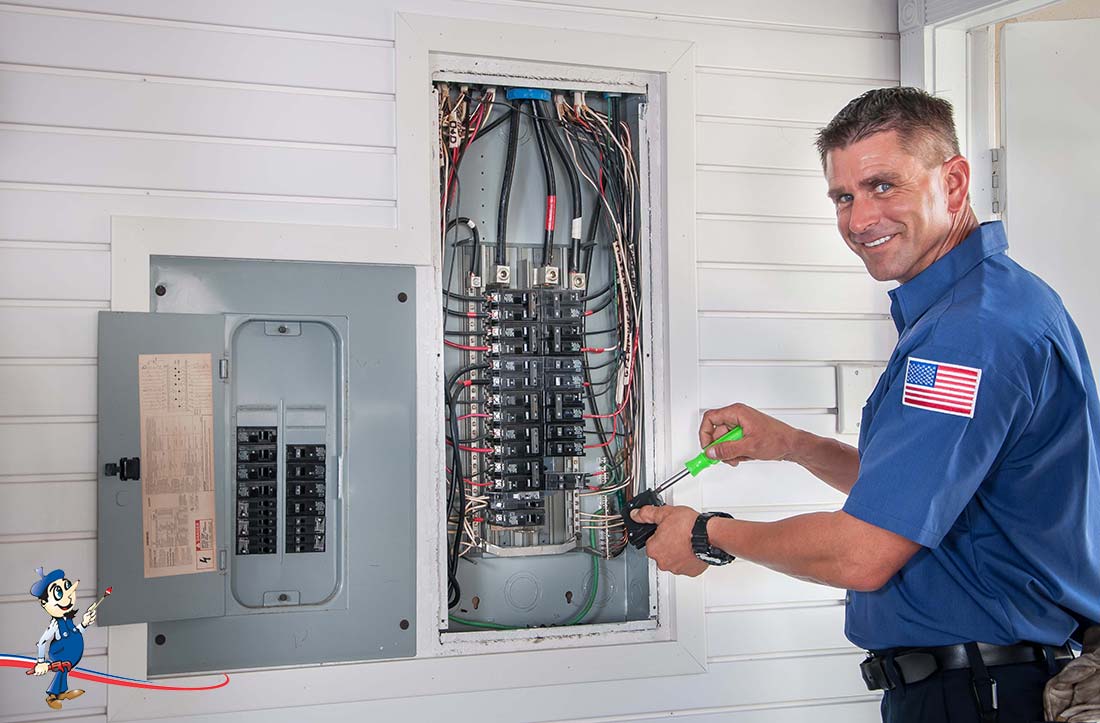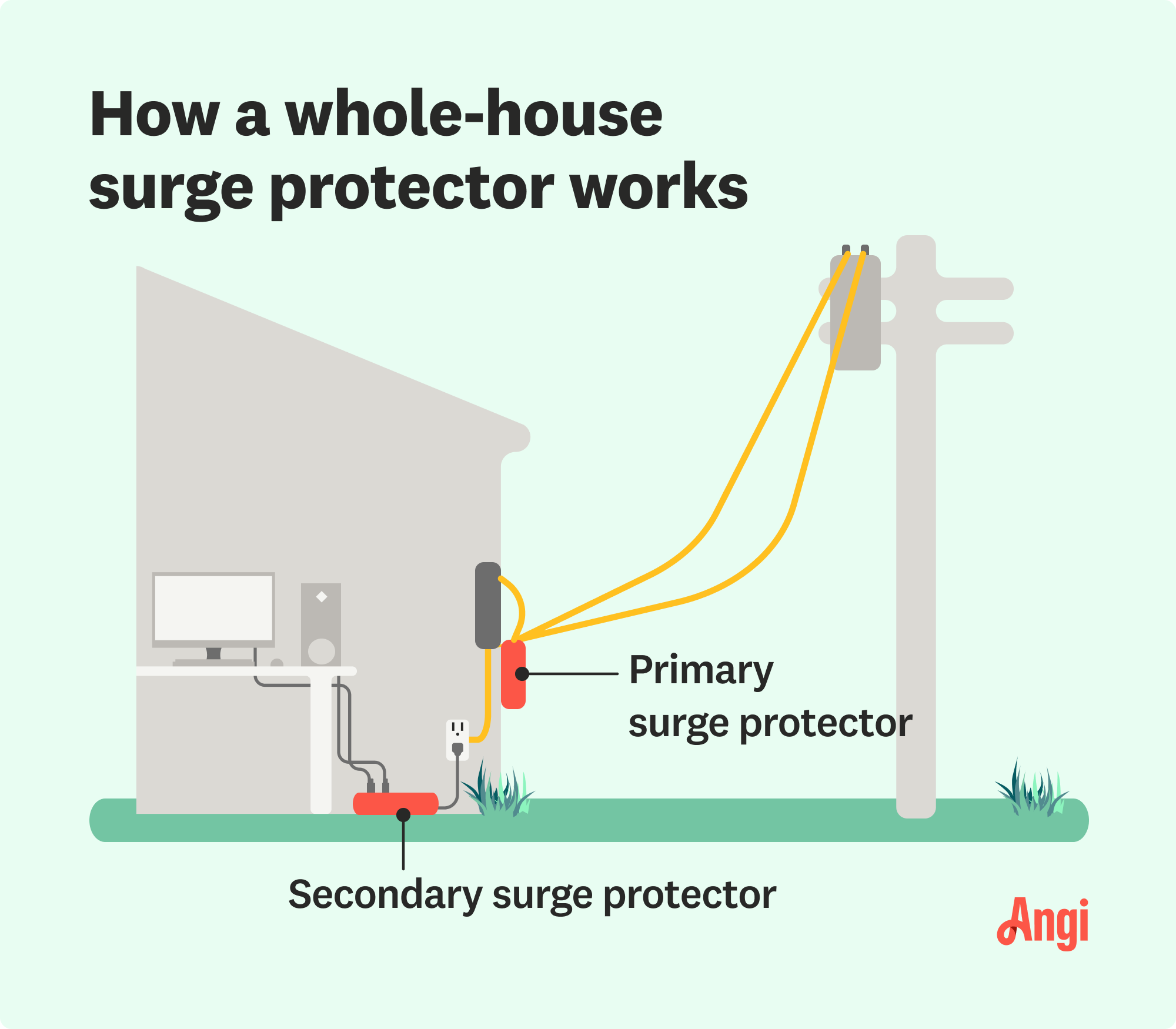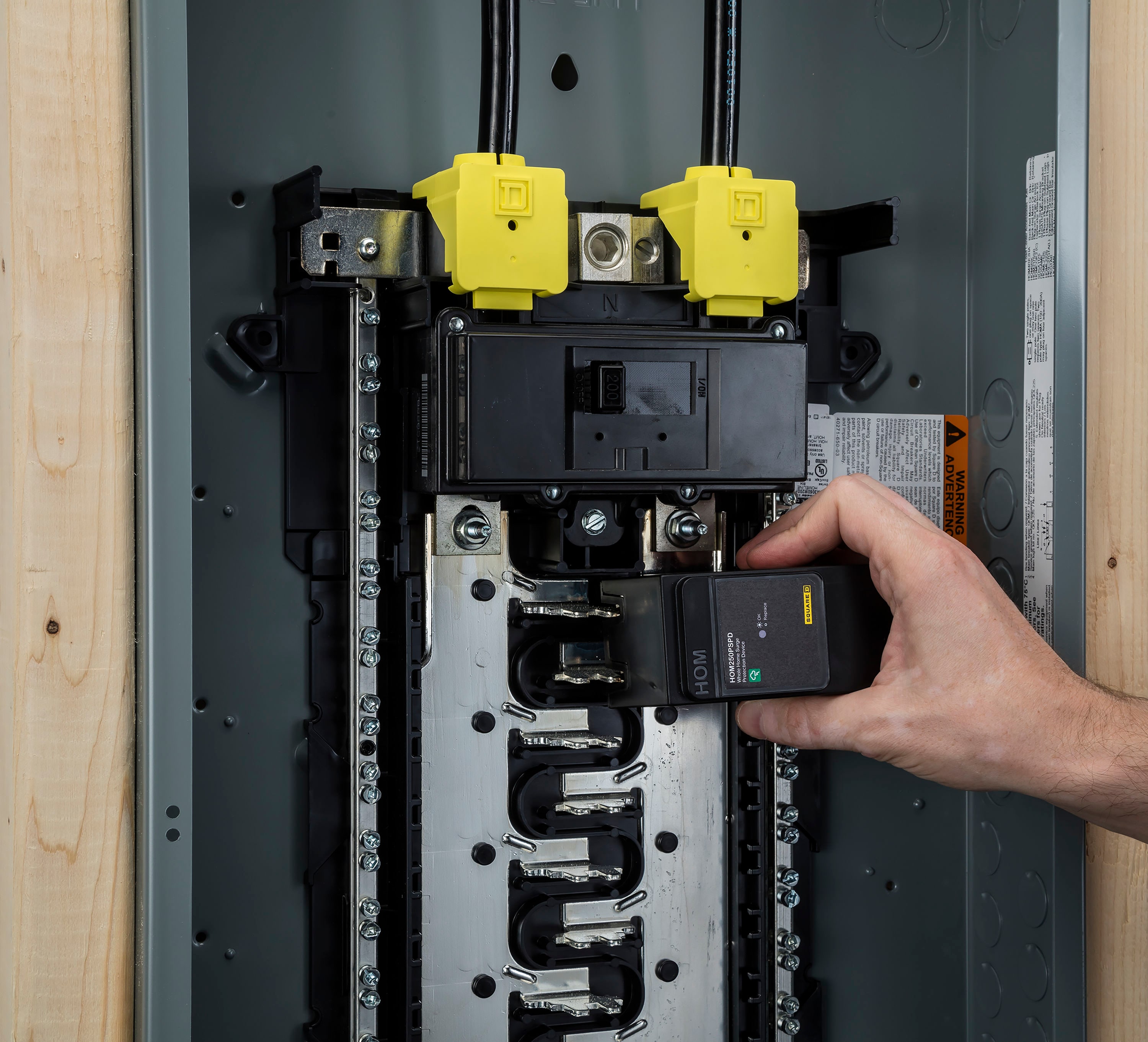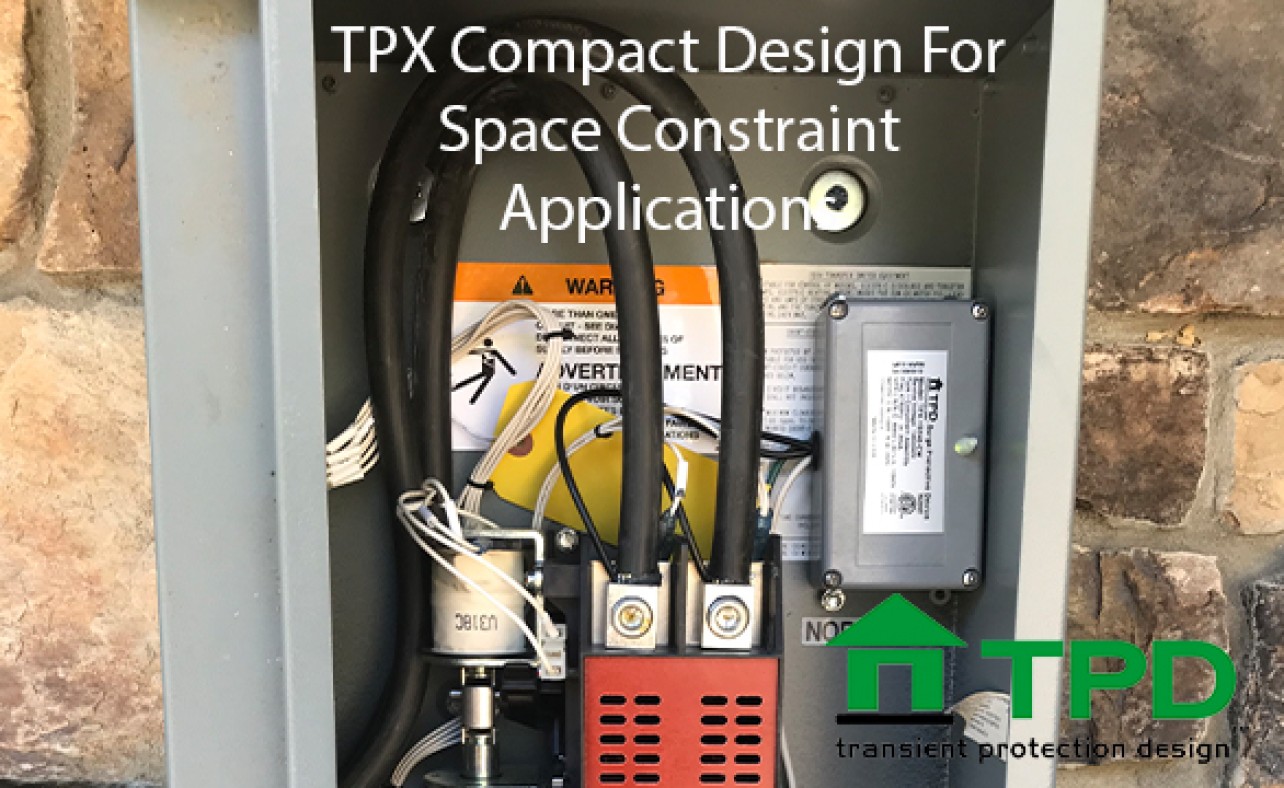How To Install Whole House Surge Protection

Power surges, those often-unseen spikes in electrical voltage, can wreak havoc on modern homes filled with sensitive electronics. From frying expensive appliances to corrupting valuable data, the potential damage from these events can be costly and disruptive. Fortunately, installing whole house surge protection offers a robust defense against these threats, safeguarding your home's electrical system and connected devices.
This article details the process of installing whole house surge protection, outlining the key steps, considerations, and potential benefits for homeowners. Understanding this process empowers informed decision-making regarding home electrical safety and mitigating the risks associated with power surges.
Understanding Whole House Surge Protection
Whole house surge protectors are designed to intercept and divert excess voltage before it can reach your home's appliances and electronics. They are typically installed at the electrical service panel, acting as the first line of defense against external surges originating from lightning strikes, utility grid switching, or other external sources.
Who Needs Whole House Surge Protection?
Virtually any homeowner can benefit from whole house surge protection. Homes with sensitive electronic equipment, such as computers, televisions, and smart appliances, are particularly vulnerable to damage from power surges.
Moreover, homes in areas prone to lightning strikes or experiencing frequent power fluctuations should strongly consider this type of protection.
Key Components and Tools
The primary component is the surge protective device (SPD) itself, typically a box-like unit that mounts inside or next to your electrical panel. Essential tools include a voltage tester, screwdrivers (both flathead and Phillips), wire strippers, and possibly a drill for mounting the device. Safety gear, such as insulated gloves and safety glasses, are crucial for preventing electrical shock.
The Installation Process: A Step-by-Step Guide
Disclaimer: Electrical work can be dangerous. If you are not comfortable working with electricity, hire a qualified electrician.
Step 1: Safety First! Turn off the main breaker to your electrical panel to completely de-energize the system. Verify that the power is off using a voltage tester before proceeding.
Step 2: Select the SPD Location. The SPD should be mounted as close as possible to the main breaker in your electrical panel. Follow the manufacturer's instructions regarding mounting orientation and clearances.
Step 3: Connect the Wiring. Connect the SPD's wires to the appropriate terminals on the main breaker or the neutral/ground bus bars. Typically, this involves connecting two hot wires (usually black or red), a neutral wire (usually white), and a ground wire (usually green or bare copper).
Step 4: Secure the Connections. Ensure all wire connections are tight and secure to prevent arcing or loose connections. Properly torque the screws on the terminals according to the manufacturer's specifications.
Step 5: Mounting the SPD. Mount the SPD securely to the electrical panel using screws or other appropriate hardware. Ensure the device is properly grounded.
Step 6: Testing and Verification. After completing the wiring and mounting, carefully turn the main breaker back on. The SPD should have an indicator light or display confirming it is functioning correctly. Use a voltage tester to verify proper voltage at various outlets in your home.
Considerations and Best Practices
SPD Rating: Choose an SPD with an appropriate surge current rating (measured in kiloamperes or kA) for your needs. Higher ratings provide better protection against larger surges. Consider local lightning activity when selecting the appropriate rating.
UL Listing: Ensure the SPD is UL listed, indicating it has been tested and certified to meet safety standards. This offers an assurance of quality and performance.
Coordination with Point-of-Use Surge Protectors: Whole house surge protection is most effective when used in conjunction with point-of-use surge protectors for sensitive electronics like computers and home entertainment systems. This provides layered protection.
“A whole house surge protector is a valuable investment in protecting your home's electrical system and valuable electronics,” says John Smith, a certified electrician with ABC Electrical Services.
Potential Benefits and Impact
The primary benefit of whole house surge protection is the prevention of damage to appliances and electronics from power surges. This can save homeowners significant costs in repairs or replacements.
Reduced risk of electrical fires caused by surge-related damage is another crucial benefit. Peace of mind knowing your home is protected from unexpected voltage spikes contributes to overall safety and security.
Some insurance companies may offer discounts for homes equipped with whole house surge protection, recognizing the reduced risk of claims. These discounts can further offset the cost of installation.
Conclusion
Installing whole house surge protection is a proactive step towards safeguarding your home's electrical system and protecting valuable electronics. While the installation process may seem daunting, understanding the key steps and considerations empowers homeowners to make informed decisions.
Whether you choose to tackle the installation yourself (with proper knowledge and safety precautions) or hire a qualified electrician, the investment in whole house surge protection can provide long-term peace of mind and significant cost savings.
